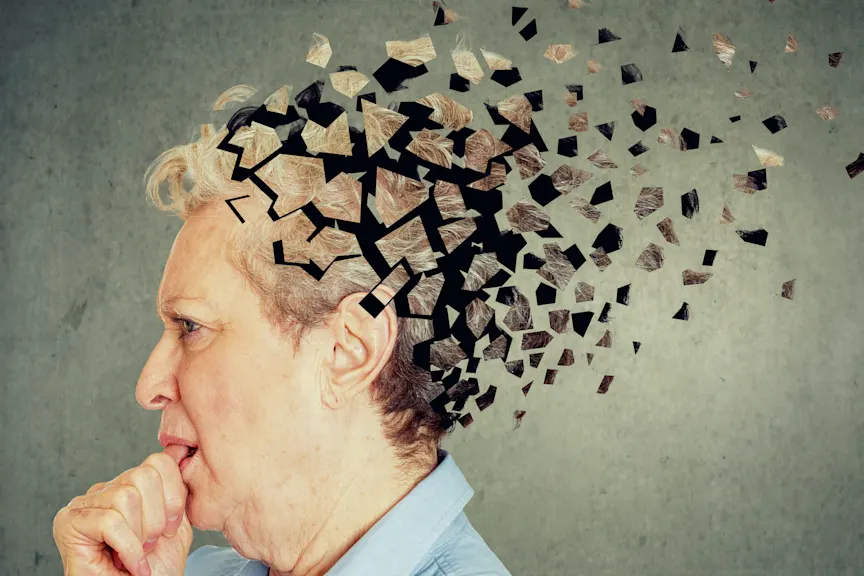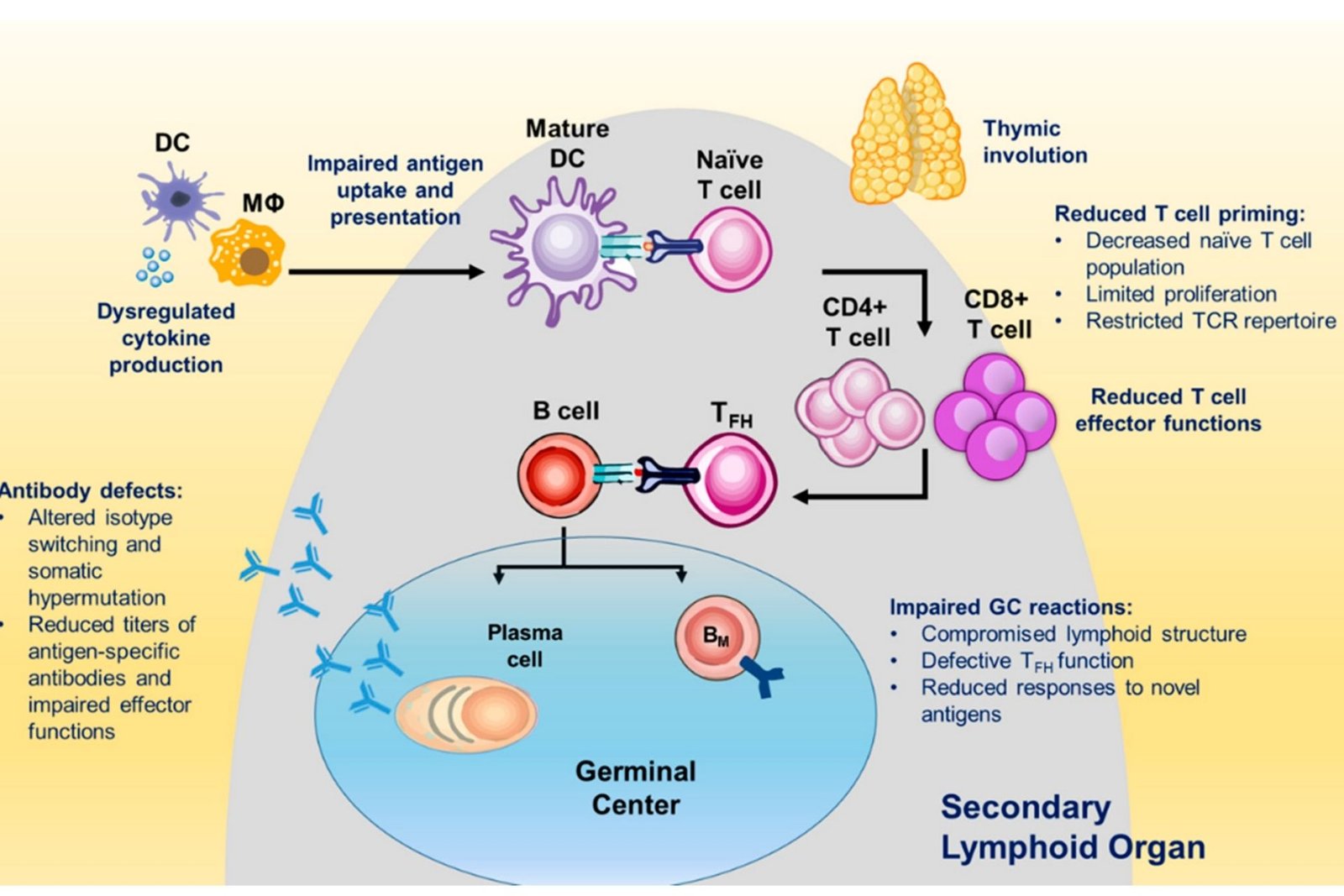According to the researchers, infrared light therapy has the potential to help people living with dementia.Dr. Paul Chazot of Durham University, UK, and Dr. Gordon Dougal of Maculume Ltd conducted a pilot study that discovered improvements in the memory, motor function, and processing skills of healthy people with normal intellectual function for their age.
As a result, the researchers hypothesised that transcranial photobiomodulation therapy (PBM-T), in which infrared light is self-delivered to the brain via a specially designed helmet worn by the patient, could also benefit people with dementia. They emphasised that more research into the therapy’s use and effectiveness was needed, but that the results of their pilot were promising. The findings were reported in the journal Photobiomodulation, Photomedicine, and Laser Surgery. Over the course of four weeks, 14 healthy people aged 45 and up from the United Kingdom received six minutes of PBM-T twice daily at a wavelength of 1068 nanometres.

This was done alongside a control group of 13 people wearing a dummy PBM-T helmet. Scientists administered a battery of memory, verbal, and motor skills tests to participants in both groups before and after the treatment period to determine whether or not functional improvements were achieved.
The researchers discovered a significant improvement in motor function (finger tapping), memory performance (mathematical processing, a type of working memory), delayed memory, and brain processing speed in healthy people who received PBM-T versus those in the placebo control group. The treatment had no negative effects on the participants, according to their reports.
“We’ve shown what appears to be real improvements in memory and other neurological processes for healthy people when their brains are exposed to a specific wavelength of infrared light for consistent, short periods of time,” said Dr. Paul Chazot of Durham University’s Department of Biosciences.”While this is a pilot study, and more research is needed, there are promising indications that infrared light therapy may also be beneficial for people living with dementia, and this is worth exploring.” Indeed, we and our US research colleagues recently published a new independent clinical study that provides the first evidence for profound and rapid improvement in dementia memory performance.”
We know that infrared light of specific wavelengths can help alleviate nerve cell damage, amyloid load, and reduced blood flow in the brain, all of which are common in dementia patients; could it be used as a game-changing multi-modal form of therapy?”
“This could provide a novel dementia-modifying strategy, with the potential to alleviate many of the serious problems faced by people with dementia and reduce the burden on their caregivers.”Dr. Dougal, who is also a practising General Practitioner in County Durham, UK, designed the PBM-T helmet.
It works by sending infrared light from 14 fan-cooled LED light arrays deep into the brain, focused by the skull, at a wavelength of 1,060 to 1,080 nanometres, delivering 1,368J of energy to the cranium during each six-minute treatment cycle.
This stimulates the mitochondria, which produce the majority of the chemical energy required to power the biochemical reactions of cells. This, in turn, causes an increase in the level of an organic compound called adenosine triphosphate (ATP), which provides energy to drive processes in living cells and aids nerve cell repair.
According to the researchers, the therapy can also increase nitric oxide levels and thus blood flow in the brain by improving the flexibility of the membrane that lines the inside of blood vessels. This dilates blood vessels, allowing more oxygen to reach the white matter deep within the brain. Tracy, who has two daughters and two grandchildren, explained, “I have a bad memory to begin with, and I don’t think it gets any better as you get older, so I thought I would try the therapy.”
“I wasn’t sure if it would make a difference, but to be honest, I believe it did.””After a few weeks, I noticed that my sleeping pattern had improved, that I was more relaxed, and that I had more energy.”
“I’m not a moody person, but my youngest daughter said I wasn’t as moody, and my manager used to laugh and say that the therapy must be working because I didn’t need to write things down.”Tracy stated that the helmet was simple to use and that she would wear it while watching television in the evening.
“My kids would look at me and say, ‘What do you have on your head?’ but I figured if it helps me in any way, it’s worth it,” she explained.”It was very light to wear, and I could plug it in while wearing it.”Tracy stopped using the therapy after her trial period and believes that her poor memory has returned. “I would love to use it again because it did help me without a doubt,” she added.”If people can afford something like this and it improves their quality of life, I would say definitely give it a try.”
____
Dementia | Don’t forget to follow us on Twitter @njtimesofficial. To get the latest updates









